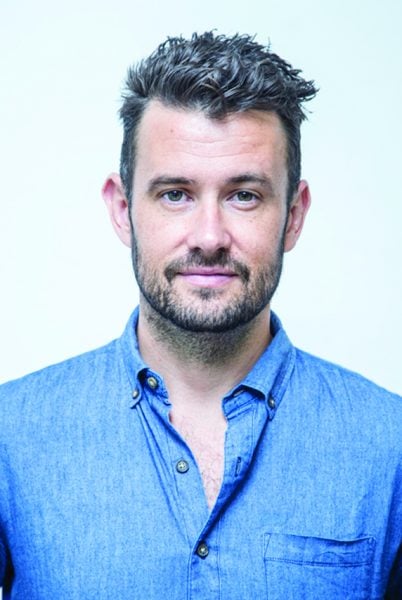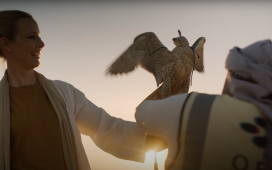In 2019 there were 4.9 million brand-sponsored influencer posts on social media. In 2020, that estimate rose to 6.12 million and by the end of this year the global influencer economy is predicted to be worth $8bn.
And the industry is changing as fast as it’s growing.
Barely a week goes by without an Instagram update or influencer marketing development. Which may mean the strategies you have been using won’t necessarily produce the same results for you in 2021.
With most brands increasing their spending on influencer marketing, marketers should note these four upcoming trends to ensure they achieve return on their investment.
Being up to speed in technology has never been so important. Join us for our Campaign Online Briefing | Adtech Strategies on February 22nd. Registration is free, spots are limited.
1. Short-form, big potential
Social users have been obsessed with creating and watching short-form video this year. In April, TikTok reached 2 billion downloads and has seen phenomenal growth across the GCC, with the app ranking among the top downloads in regional Apple and Google Play stores.
The subsequent launch of Instagram Reels and YouTube Shorts (plus persistent competition from Triller and Byte) made 2020 the year of short-form video content.
While the platforms battle it out, launching exciting features to lure high-profile creators away from competitors, marketers are really set to benefit.
That’s because in 2021 we’ll see creators polish their craft, generating ever more exciting and high-quality short-form videos for their brand partners. We’ll also see more content adaptation, as creators gain a deeper understanding of where different types of content thrive.
Meanwhile, marketers won’t need a single platform to win out. They’ll reach different customers and achieve different objectives by taking a creator-first, omni-platform approach – whether that’s TikTok for viral videos, Instagram Stories for tutorials, Reels for entertainment or a combination of all three.
2. Social shopfronts
As Covid-19 has closed stores and accelerated the trend for online shopping (consumers in Saudi Arabia and the United Arab Emirates were among the highest rates of “new or increased” users in online deliveries), platforms have been releasing updates that offer brands a social shopfront.
Instagram has been steadily investing in social commerce options over the past few years, but its latest redesign shows real intent. It has swapped out the notifications tab for a new Shop Tab, which takes its shopping feature out from the Explore page and into prime position on the home screen.
This will undoubtedly increase the number of Instagram shoppers – and sales potential for brands. Consumers have got comfortable shopping online over the past year, so are even more likely to continue in their quest for convenience. 58 per cent now visit a brand’s social media pages before visiting its website, an 81 per cent increase since 2019.
That’s not to say it will be easy for brands. Instagram will remain as competitive as ever. Only those who can perfect their shopfront – by investing in high-quality content, created to convert – will see big returns.

3. Healthy influence
We’re already seeing more and more brands branching into health and self-care themes in a bid to connect with the modern consumer. With the wellness movement accelerating in 2020 – and touching so many individual industries – health-focused influencers will be in big demand in 2021.
Brands are looking to add value through partnering with relevant ambassadors who can share valuable tips and tutorials. Relevancy is key here, particularly for brands focusing on themes around mental health. I expect we’ll see brands moving towards a micro-influencer approach, partnering with experts in those areas, rather than expensive macro talent who may have the following but not the knowledge.
This approach will appeal to marketers still grappling with Covid-cut budgets too. Just be sure to lock them in early.
4. Agile marketing
2020 was a masterclass in responsive marketing. In a matter of weeks the world completely changed, and it seemed unfathomable that campaigns – months in the planning – could go ahead.
Marketers have had to think fast and adapt – and there have been some truly inspirational results. Like Gymshark in the UK offering personal trainers unable to work a live slot on their social channels, and Coty replacing in-store makeup testers with a AR try-on lenses in the Middle East. Like any muscle flexed long enough, this agility has strengthened across the sector.
While forward planning hasn’t completely gone out of the window, we’re seeing marketers getting more comfortable with short-term, highly relevant and fast-moving campaigns – which will remain a necessity into 2021.









